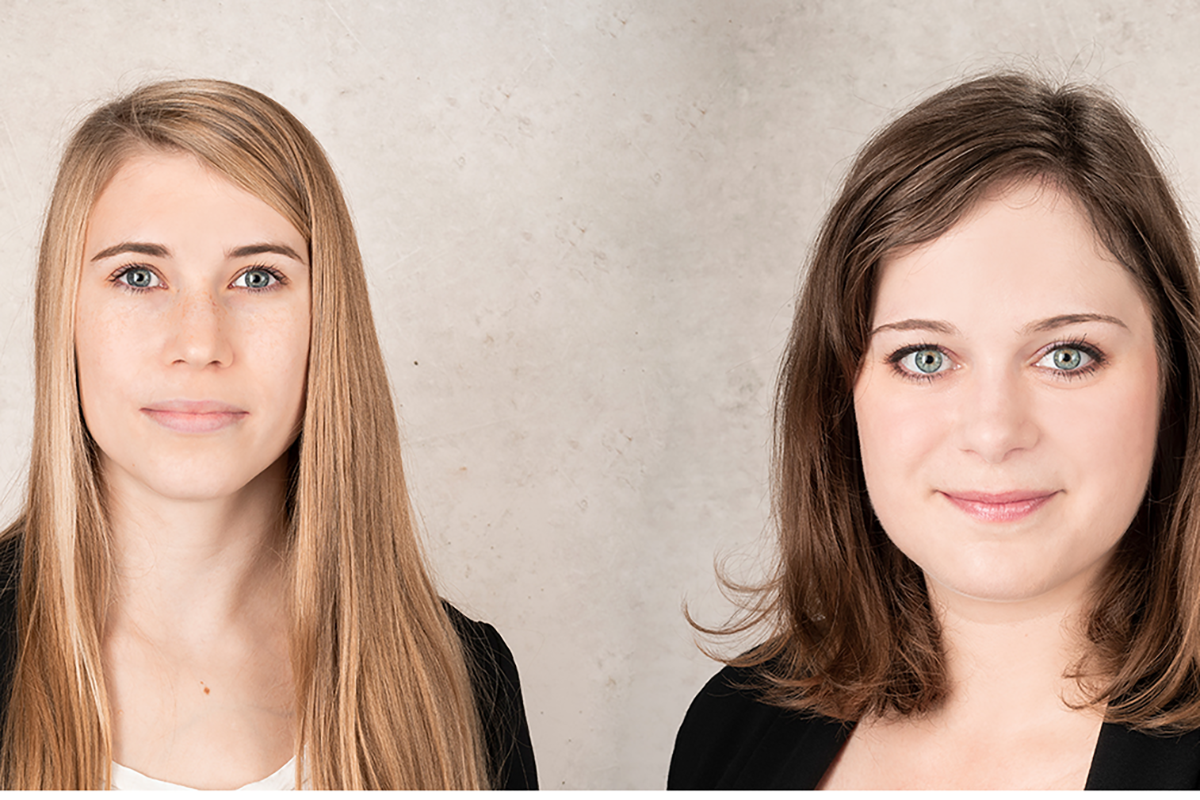Mars research elite visits the end of the world
Patricio Becerra is a planetary scientist working as a post-doc at the University of Bern in Professor Nicolas Thomas' Planetary Imaging Group (PIG). In January, he co-organized an international conference on Mars ice research in Ushuaia, Argentina. He brought back spectacular pictures from the field trips and explained to "uniaktuell" why the conference took place at the "end of the world".

The seventh edition of the "International Conference on Mars Polar Science and Exploration" (ICMPSE), an international meeting about recent research and exploration of the icy regions of Mars, took place in Ushuaia, Argentina from January 13 to 17, 2020. The focus was on questions concerning Martian ice deposits and how the climate on our neighboring planet has developed.
75 scientists from all over the world attended, including leading figures from Mars research as well as many PhD and Masters students. "There is always a thorough exchange of ideas between researchers on the latest findings from Mars polar science, and ideas for future research projects are discussed," says Patricio Becerra, post-doctoral researcher at the University of Bern and co-organizer of the conference. He has regularly attended the ICMPSE himself in the past, because: "It's one of my favorite conferences, where I learn the most about other research happening in my field of study," Becerra says.

Employed in one of the world's leading research groups
Patricio Becerra received his PhD from the University of Arizona’s Lunar and Planetary Laboratory, where he worked on the Mars camera HiRISE, which has been taking images of the Martian surface on board the NASA Mars Reconnaissance Orbiter (MRO) since 2006. "My research deals with processes associated with ice and volatile elements, and how their physical properties and distribution are related to a planet's climatic history."
Patricio Becerra has been working as a postdoctoral researcher at the University of Bern in Professor Nicolas Thomas' Planetary Imaging Group (PIG) since February 2017. "I had applied for the advertised position with Nicolas Thomas because I knew about his group and his research – partially from the Mars research conferences – and because his group enjoys a worldwide reputation."
Becerra's experience with the HiRISE camera proved useful to him in his current position working with CaSSIS, the Mars camera developed in Bern that has been providing spectacular color images of Mars on board the ExoMars Trace Gas Orbiter (TGO) since 2018. "I am extremely happy at the University of Bern. Of course, it's great to work at one of the world's leading universities in the field of space research." He has also received a great deal of support and encouragement from Nicolas Thomas for his involvement in the conference's organizing committee.
The ideal venue
But why was Ushuaia, located at the southern tip of South America and also called "The End of the World", the ideal venue for the conference? Patricio Becerra explains: "In 2016 I attended the 6th edition of the conference in Reykjavik, Iceland. During the final discussion panel, time is reserved to discuss possibilities for venues where the next conference might be held." They are usually held in places that are located at high latitudes, so that excursions to glacial landscapes are possible, since these landscapes can be compared to the glacial landforms of Mars. "I spoke up during this last panel. It had long been my goal to bring the conference to my home continent for the first time, knowing the spectacular field research opportunities that exist in Patagonia," Becerra explains. He was born and raised in Peru and established research contacts in Argentina during his Bachelor's degree at the Pontificia Universidad Católica del Perú.
Three field trips took place during the course of the conference: One was a boat trip through the Beagle Channel, where participants studied the morphology of the channel formed by ancient glaciers. A second excursion went to the Tierra del Fuego National Park to explore its glacial valleys and landforms. The third trip was a five-day excursion to the province of Santa Cruz to visit the Perito Moreno Glacier and the spectacular glacial lakes and valleys of the Southern Andes.

THE PLANETARY IMAGING GROUP (PIG)
The Planetary Imaging Group (PIG) investigates objects in the solar system using remote sensing techniques, such as Mars using the CaSSIS camera system developed in Bern. The team specializes in objects and surfaces where phase changes occur (such as comets, Mars, or Jupiter's moon Europa). In addition to setting up experiments, the team works with ice in the laboratory to investigate its properties.
The research group is located at the University of Bern Physics Institute in the Space Research and Planetary Sciences Division and is led by Prof. Nicolas Thomas.
About the author
Brigit Bucher is Head of Media Relations and the "Space" representative at the University of Bern Communication & Marketing Department.